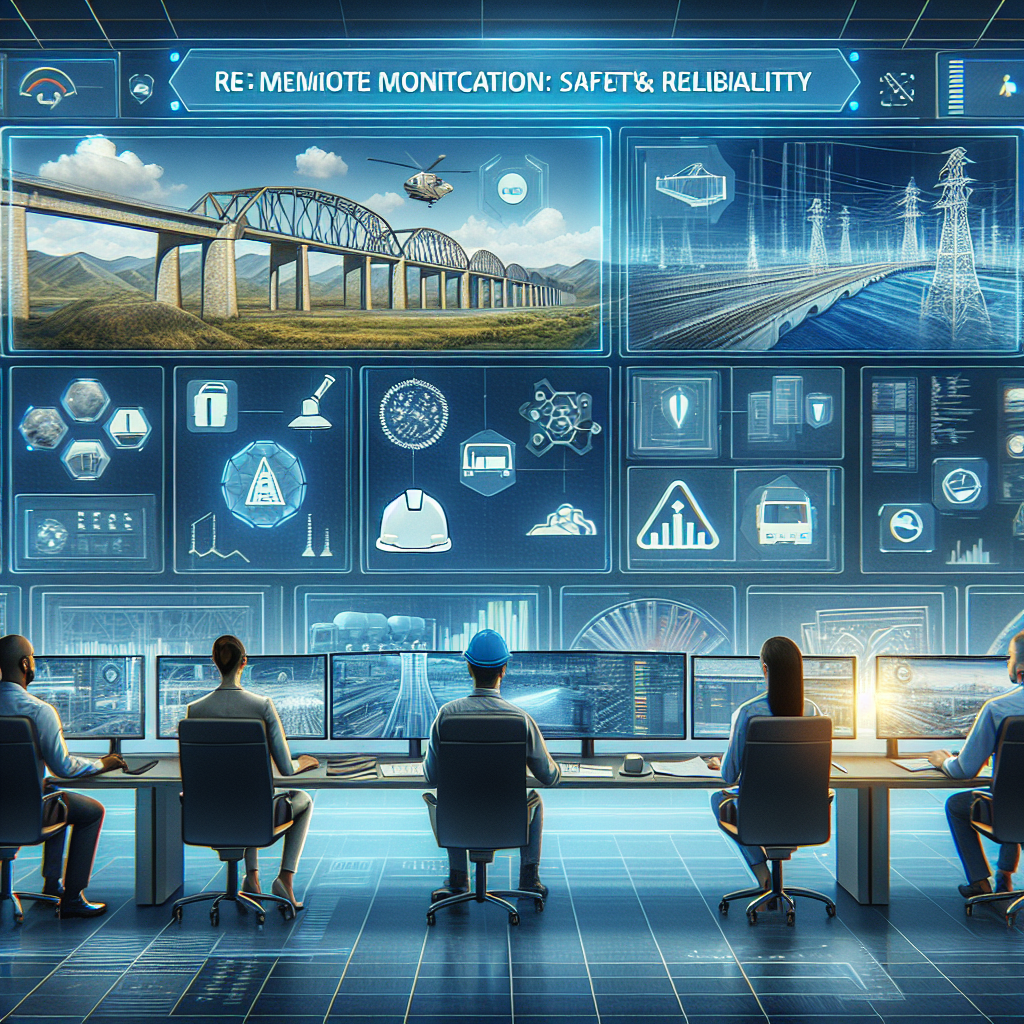Your cart is currently empty!
Remote Monitoring for Infrastructure: Ensuring Safety and Reliability

In today’s fast-paced and ever-evolving world, infrastructure plays a crucial role in ensuring the smooth functioning of cities and communities. From bridges and roads to water supply systems and power grids, infrastructure is the backbone of modern society. However, maintaining and monitoring this infrastructure can be a daunting task, especially when it comes to ensuring safety and reliability.
One solution that has gained traction in recent years is remote monitoring for infrastructure. This technology allows for real-time monitoring of critical infrastructure components from a remote location, enabling engineers and operators to detect potential issues before they escalate into major problems. By incorporating sensors, cameras, and other monitoring devices, remote monitoring systems provide valuable data on the condition of infrastructure assets, allowing for proactive maintenance and repair.
Ensuring safety is a top priority for infrastructure managers, and remote monitoring plays a key role in achieving this goal. By continuously monitoring key parameters such as temperature, pressure, and structural integrity, operators can quickly identify potential safety hazards and take corrective action. For example, in the case of a bridge, remote monitoring can detect signs of structural fatigue or deterioration, allowing for timely repairs to prevent a catastrophic failure.
In addition to safety, remote monitoring also enhances the reliability of infrastructure systems. By tracking performance metrics and identifying patterns of wear and tear, operators can schedule maintenance activities more efficiently, reducing downtime and improving the overall reliability of infrastructure assets. This proactive approach to maintenance helps prevent costly breakdowns and ensures that infrastructure systems are operating at optimal levels.
Furthermore, remote monitoring enables infrastructure managers to make data-driven decisions and optimize resource allocation. By analyzing real-time data and historical trends, operators can identify areas that require attention and prioritize maintenance activities accordingly. This targeted approach not only improves the efficiency of maintenance operations but also helps extend the lifespan of infrastructure assets, ultimately saving time and money in the long run.
Overall, remote monitoring for infrastructure is a powerful tool that enhances safety and reliability while improving operational efficiency. By leveraging the latest technology and data analytics, infrastructure managers can stay ahead of potential issues and ensure that critical assets are well-maintained and operating at peak performance. As we continue to rely on infrastructure for our daily lives, investing in remote monitoring systems is essential to safeguarding the infrastructure that supports our communities.

Leave a Reply